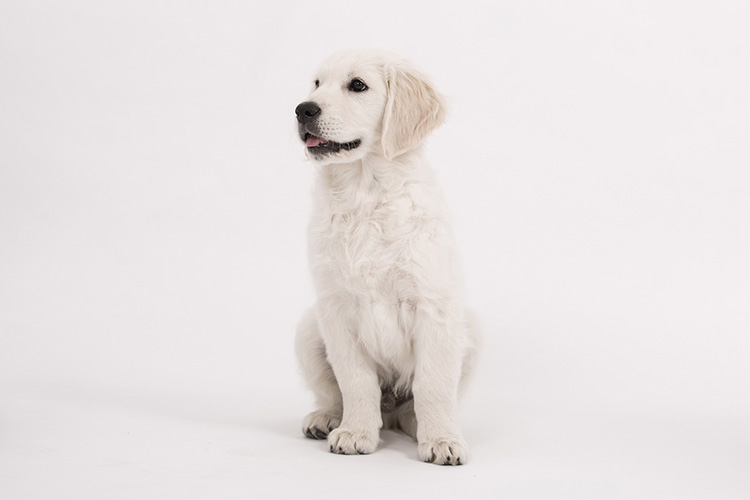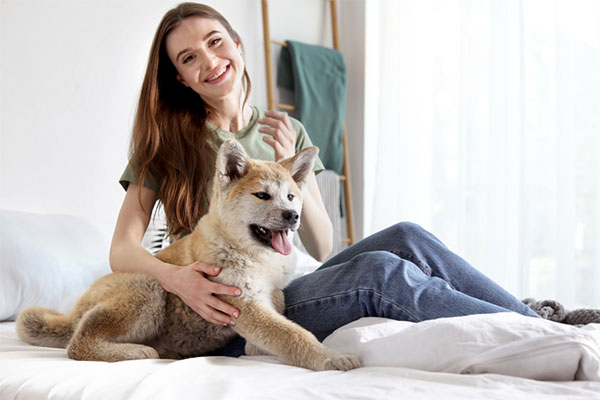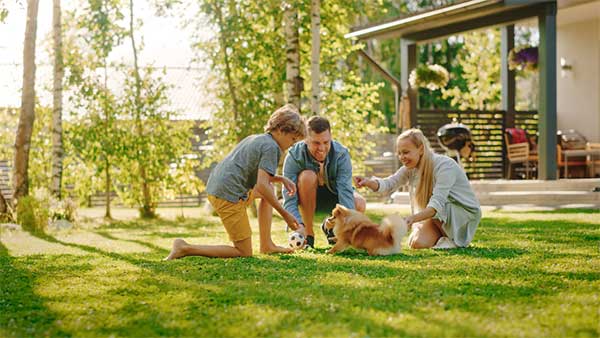
You just brought your puppy home and he/she is the bundle of energy and happiness that you were hoping for. You’ve given your puppy the perfect name and maybe even purchased him/her their own bed and a basket full of toys to play with. You’ve given your pup a few days to get used to his or her new home and it is time to start teaching some commands. If this is your first time raising a pup, you may feel lost and have no idea where to start in the training process. Today, we’ll guide you through the process of teaching your pup how to sit!
Teaching your dog to sit is a great command to start with. Before we get into the specifics, there are a few things you should know about the training process in general.
The Basics
Attitude
The basics of training include what you can do to approach the training process to make things easier for your pup. The first of these is to have a calm yet assertive attitude. Believe it or not, your pup can pick up on this and it will impact the effectiveness of your training!
Patience
Another critical basic element of training is patience. Patience is required throughout the entire training process (and life with a puppy in general) but is especially important when you are starting out. It is important to remember that your pup is learning so you should not get frustrated with them if they are not catching on as fast as you think they should.
Don’t over-train
An additional basic element of training is that you shouldn’t go into it with the mentality that you are going to drill your pup with commands each day and they will magically become an obedient dog. Training takes time and often less is more. Experts recommend training when you have your dog’s attention and ending the training before you lose your dog’s attention.
Don’t rush training
The last basic element of training is that you have to let your dog settle in a little before you start training. If you start training too early, you won’t be able to pick up on your dog’s cues (such as when you are about to lose their attention) and training won’t be as effective.
Strategies for Teaching Sit
Let’s face it, there is no “right” way to teach your dog how to sit. You may need to use the process of trial and error to determine what method will work best for your pup, so we are presenting you with multiple strategies for teaching sit.
A quiet beginning
One strategy to start training your dog to sit is to utilize your calm energy to help your dog learn to sit. This method consists of getting in the correct mindset and watching your dog. When your dog sits, give them a treat. This is a great way to get you acquainted with your attitude and your dog introduced to the idea of sitting.
Make some noise
Another method of teaching your pup to sit is to make a noise when your pup demonstrates the desired behavior. A lot of people use a “click” sound and pair this sound with a treat so that when the dog hears the sound he or she will do the desired behavior.
Step-by-Step approach
A step-by-step approach is what a lot of people use to teach their dog how to sit. This approach involves starting with a treat and strategically moving it to help the dog move into the sitting position.
Specifically, you’ll need to start by getting your pup’s attention. Next, you will want to hold the treat slightly above the dog’s nose. The next step is key, you need to move the treat slowly back towards the dog’s ears. This motion makes most dogs sit! When your dog sits, you need to praise immediately with a phrase of your choice.
Things to remember
Repetition
Regardless of the method you choose to take to teach your pup how to sit, there are a few things to remember. The first is that repetition will be key to your pup’s success. You will want to think about patience and not doing too much work in one session when thinking about repetition.
For the best results, repetition should happen in short bursts. Work with the pup when you can maintain their attention and don’t try to extend the training too long!
Generalization
Once your pup gets the hang of the command “sit” you will want to work to generalize this skill – or extend it to other situations. The easiest time for your pup to perform the “sit” command should be when you have something to grab the dog’s attention such as a treat or toy.
Once this is mastered, the next situation you should work towards is adding a distraction into the mix. This distraction could be performing the command while the doorbell is ringing or asking the pup to sit when you have human food in your hand. Here are some good dog food reviews you might like.
Once your pup masters this situation, you can work on extending the “sit” behavior to really difficult situations like in a room full of people or near a table full of food. If your pup masters these situations that are full of distractions, they should be prepared to sit on command in any situation!
Consistency
Something else to remember is to be consistent with the method(s) you choose to use with your dog! If you are changing things up, your dog will quickly become confused and lose interest in what you are trying to teach them, which is counterproductive!
Why should my dog learn how to sit?
In addition to the “sit” command being a great command to use to start training your dog, it also has practical value. For example, when you need to put your dog’s collar on, it is best to have him or her in the “sit” position. Getting a collar from Genuine Collars with an easy closure will make it a breeze to put on your pup while he or she is in the sitting position.
The other practical values of the sit command are keeping your pup calm in distracting situations. This can make it easier to take your pup with you to family events or even to trips to the dog park.
To briefly recap what we discussed, it is important to get to know your pup before you start to train him or her. You’ll need to remember to be patient with your pup as they are just learning the skill you are trying to teach them and they are brand new to this exciting world! In terms of teaching the skill, there are multiple methods you could employ, but most of them use treats and praise as motivation. Remember to be consistent in your teaching and have fun! Your pup won’t be a little pup forever! Thanks for reading! Visit our home page




Yay! Thanks for sharing the tips! I’ve been trying to train my dog for a few days already. I’ll definitely try this guide. 🙂